Maintenance Strategies to Extend Service Life of Phenolic Insulation Pipe Sections
2025-06-19 09:15:29
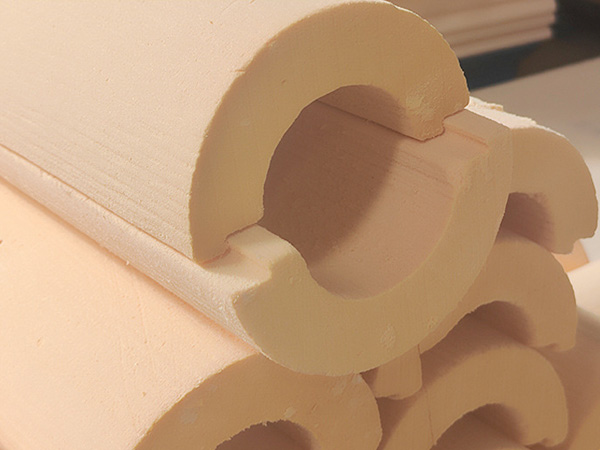
Maintenance Strategies to Extend Service Life of Phenolic Insulation Pipe Sections
1. Routine Inspection Protocol
Quarterly Visual Checks
Examine for surface cracks, joint separations, or moisture stains, focusing on elbows, valves, and supports.
Annual Infrared Thermography
Detect hidden moisture intrusion or insulation gaps (≥2°C temperature differential indicates defects).
2. Moisture Management
Seam Integrity Maintenance
Reapply elastomeric sealant (e.g., polysulfide) to aging joints every 3–5 years.
Drainage Verification
Clear weep holes in outdoor installations to prevent water pooling.
3. Mechanical Protection
Impact Zones
Install removable HDPE shields in areas prone to tool drops or foot traffic.
UV-Exposed Areas
Renew aluminum foil or acrylic coatings every 5–7 years in sunny climates.
4. Adhesive System Care
Edge Bond Reinforcement
Inject polyurethane adhesive beneath partially detached sections using syringe applicators.
Curing Conditions
For repairs below 5°C, use cold-cure adhesives with 72-hour curing blankets.
5. Chemical Exposure Control
Acid/Alkali Spills
Rinse immediately with pH-neutral cleaners; avoid abrasive scrubbing.
Oil/Grease Contamination
Degrease with citrus-based solvents to prevent resin degradation.
6. Structural Load Monitoring
Compression Recovery
Rotate pipe supports periodically to prevent permanent indentations.
Expansion Gap Maintenance
Ensure 5mm clearance at anchors to accommodate thermal movement.
7. Documentation & Analysis
Lifecycle Logging
Record installation dates, repair history, and thermal performance tests.
Failure Mode Tracking
Use microscopy (SEM) to analyze aged samples for resin cracking patterns.
Proactive Measures:
Preventive Replacements: Schedule partial renewals at 60% of expected service life (typically 15 years for industrial settings).
Training Programs: Educate maintenance staff on proper handling to avoid accidental damage.
Emerging Solutions:
Self-Healing Coatings: Microencapsulated resins automatically repair <3mm cracks.
IoT Sensors: Embedded moisture/temperature monitors provide real-time alerts.
Critical Reminder: Always follow OEM guidelines for adhesive/sealant compatibility to avoid material conflicts. For nuclear or offshore applications, implement ASME Section XI inspection protocols.
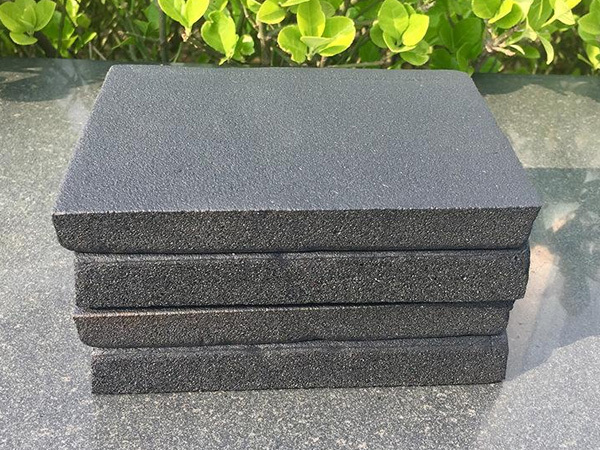
OurFlame Retardant Rubber Foamis a premium closed-cell elastomeric insulation material engi...
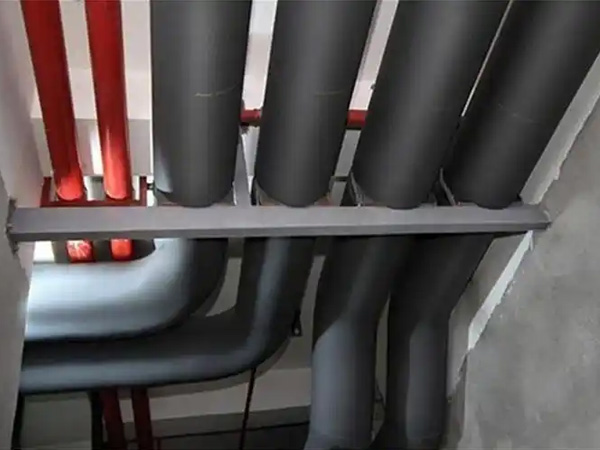
OurRubber Pipe Insulationis a high-performance solution designed specifically for HVAC pipi...
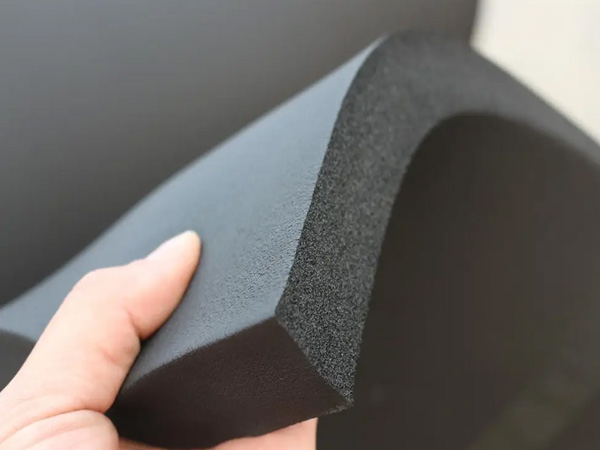
Rubber Foam Insulation Sheet – Product Introduction Premium Flexible Insulation for Therm...
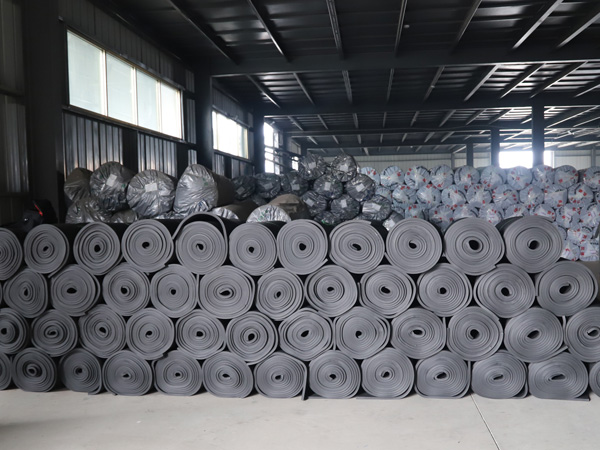
Specially engineered for refrigeration applications, ourElastomeric Rubber Insulationprovid...



